How to Delete Files on iPhone
Are you struggling with a cluttered iPhone? This guide will walk you through various methods to efficiently delete files from your iPhone, helping you free up space and keep your device running smoothly. Whether you’re looking to clean up photos, manage documents, or clear out old apps. In this article, we’ll explore the built-in capabilities of the Files app, introduce ways to automate deletion with shortcuts, and discuss using cloud solutions to manage your storage needs.
These steps work well on most iPhone models running iOS 17, including the latest iPhones (iPhone 13, 14, and 15).
Use the Files App to Delete iPhone Files
One of the most direct ways to manage and delete files on your iPhone is through the Files app. Introduced in iOS 11, this app provides a user-friendly interface to access and organize your documents, images, videos, and more. Here’s how you can use the Files app to delete iPhone files
- Open the Files app on your iPhone.
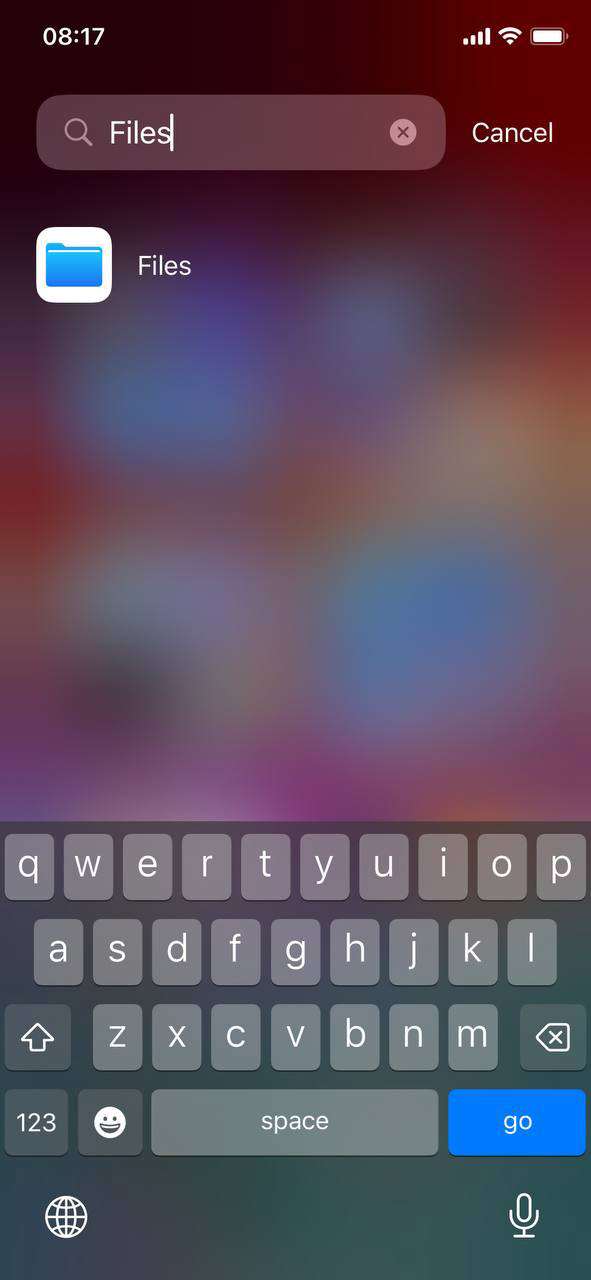
- Tap ‘Browse’ at the bottom of the screen if you’re not already in the browsing view.
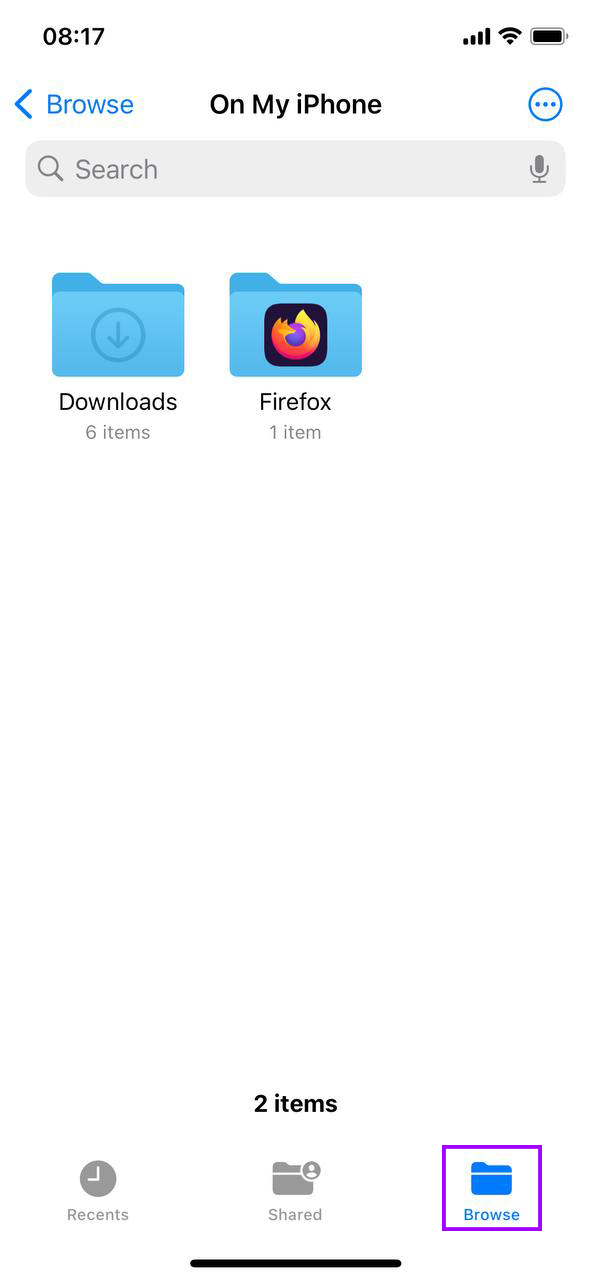
- Locate the folder containing your downloads. This could be under ‘On My iPhone’, ‘iCloud Drive’, or within a specific app folder.
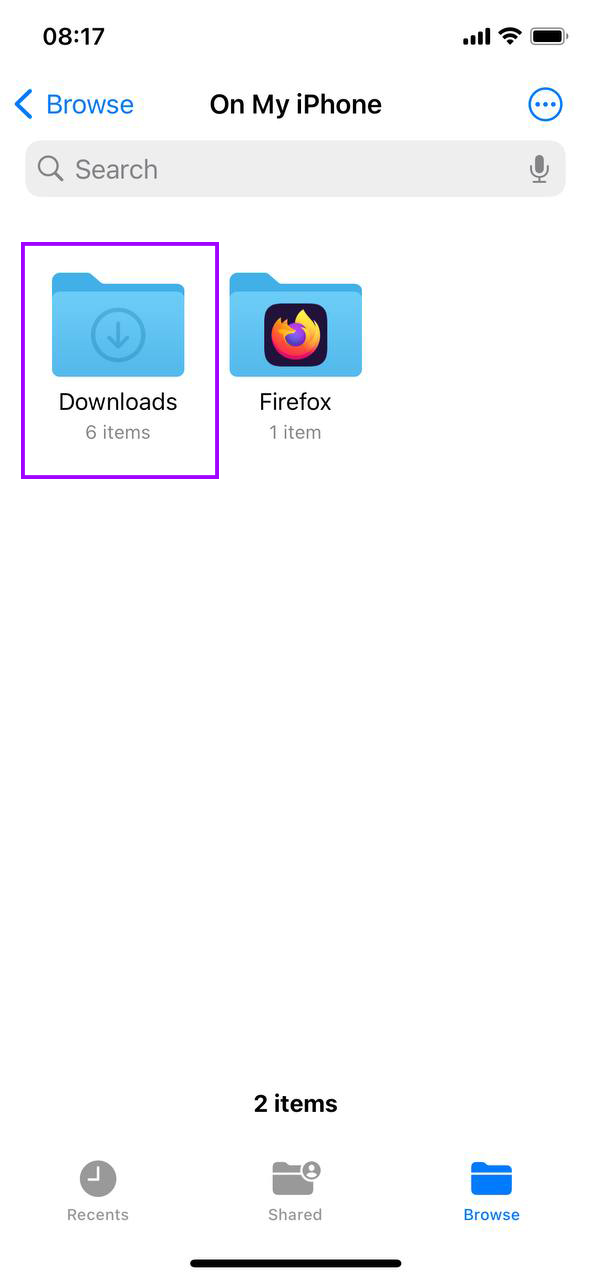
- Find the files you want to delete. You can use the search bar at the top to help find specific file types like PDFs or documents.
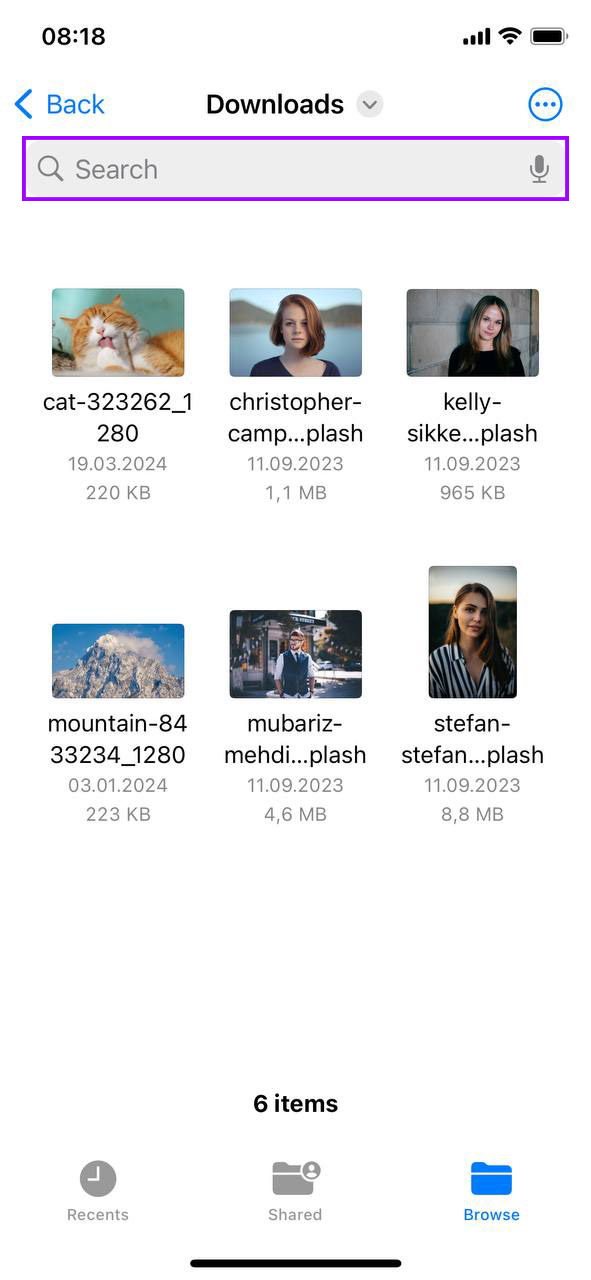
- Select the file(s) by by tapping at the ‘…’ menu and choosing ‘Select,’ then tapping any files you want to remove.
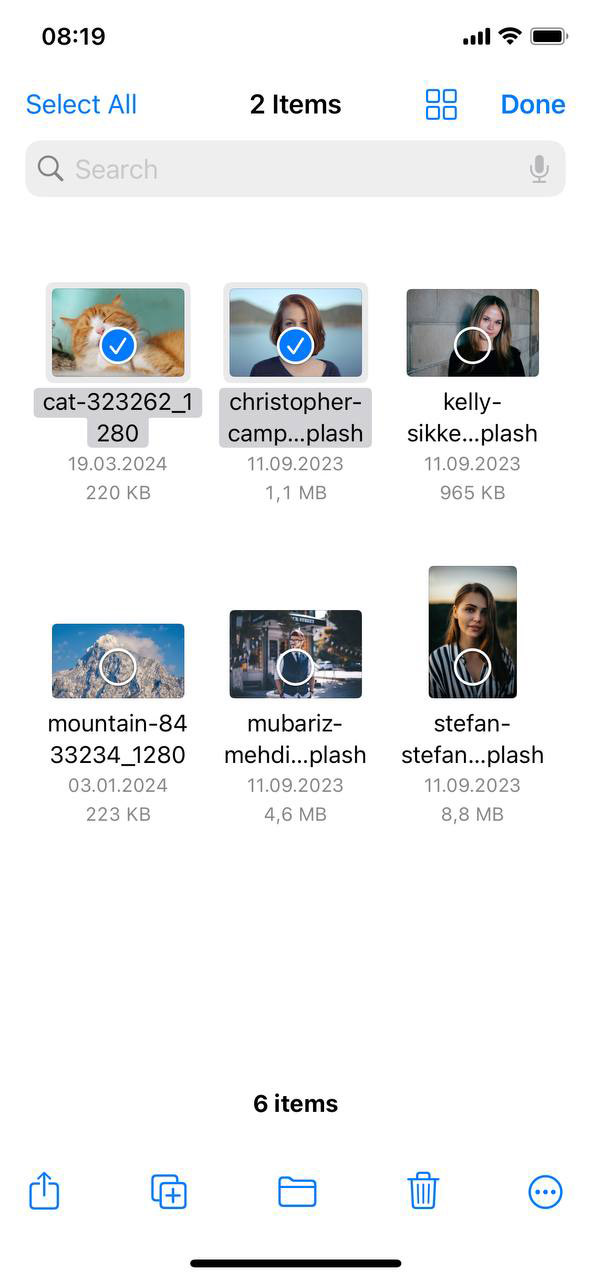
- Tap the trash icon, if prompted – confirm by tapping ‘Delete.’
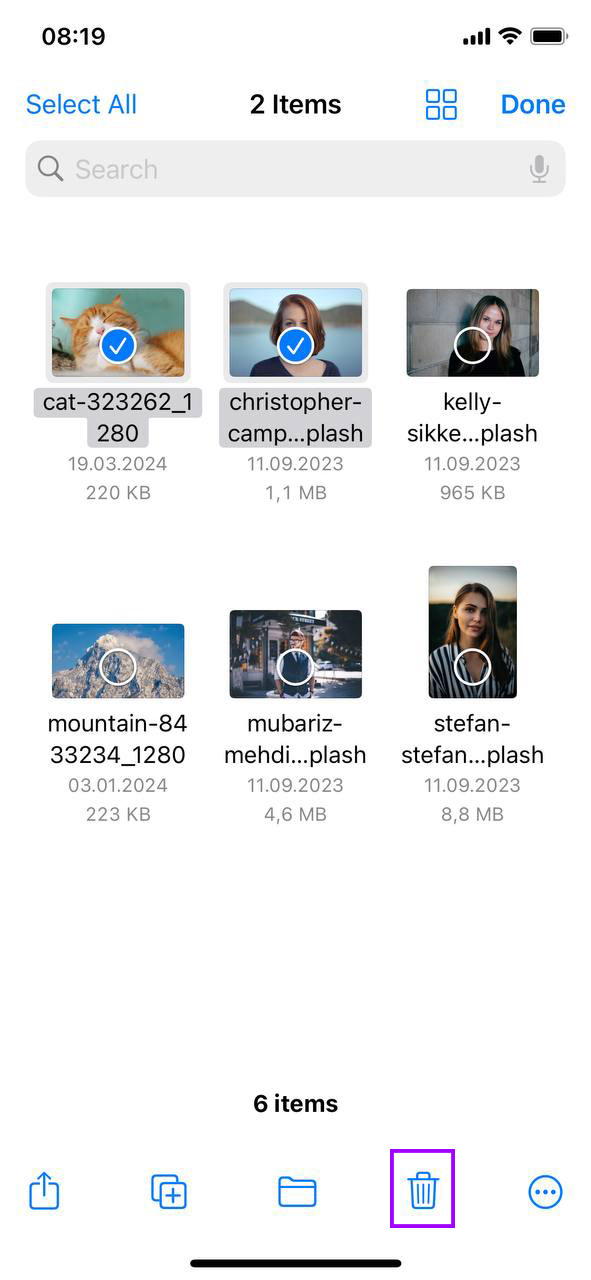
By following these steps, you can easily manage your files and free up space on your iPhone. The Files app also allows you to organize files into folders, making it easier to keep track of important documents or images. This method is straightforward, but for those looking for even more automation, the next section on automating file deletion with shortcuts will be particularly useful.
To permanently delete files on iPhone, go to the ‘Recently Deleted’ folder within the Files app, select the files again, and delete them permanently. This ensures they are not taking up space in your storage.
Automate File Deletion with Shortcuts
For iPhone users seeking a more efficient way to manage file deletion, the Shortcuts app offers powerful automation capabilities. This tool allows you to create custom shortcuts that can perform tasks automatically, such as deleting old or duplicate files without manual intervention. Here’s how to set up a shortcut to clear iPhone files:
- Download the Shortcuts App: If it’s not already installed, download the Shortcuts app from the App Store.
- Create a New Shortcut: Open the Shortcuts app and tap the ‘+’ icon to create a new shortcut.
- Add Actions: Tap ‘Add Action’, then search for and select actions related to file management, such as ‘Find Files’ and ‘Delete Files’.
- Specify Criteria: Set parameters for the files you want to target, like files older than 30 days, or files in a specific folder.
- Test Your Shortcut: Run the shortcut to ensure it works as expected, making adjustments as needed.
- Automate the Shortcut: After testing, you can automate the shortcut to run at specific intervals, such as daily or weekly, by setting it in the app’s automation tab.
This automation not only simplifies the process of file management but also ensures that your iPhone remains clutter-free without regular manual upkeep. Next, we’ll explore how integrating cloud solutions can further enhance your ability to manage iPhone storage efficiently.
How to Delete Other Files on iPhone
In addition to documents and typical file types, your iPhone also accumulates a variety of other data including photos, videos, and app-related files. These files often consume significant storage space and may require different approaches for effective management and deletion. This section will cover alternative methods to delete these various types of files, ensuring you can maintain optimal storage capacity on your device.
1. Delete App Files on iPhone
Too many hidden files in your apps can slow down your iPhone. Here’s how to remove these files from iPhone from apps like social media or multimedia apps without deleting the apps themselves.
- Go to the desired app.
- Check within the app’s settings for any options to clear cache or other storage.
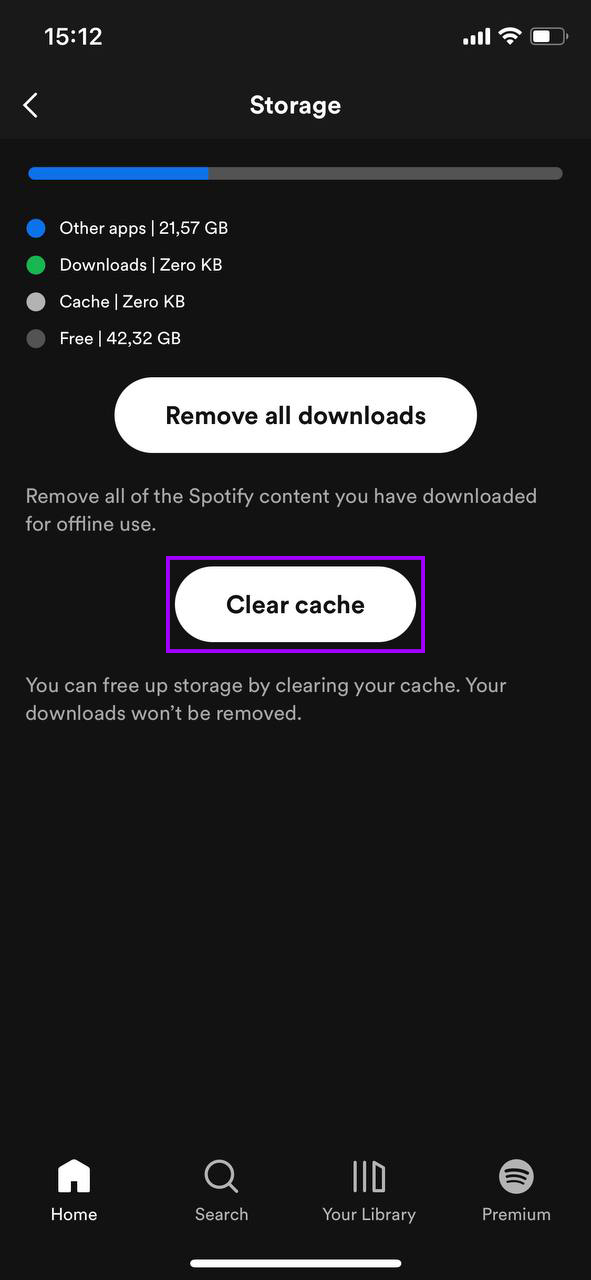
For apps that do not support cache clearing within their settings, you might need to delete and reinstall the app to clear all associated data:
- Press and hold the app icon on your Home screen.
- Tap the Remove App on the dropdown menu and confirm by tapping Delete.
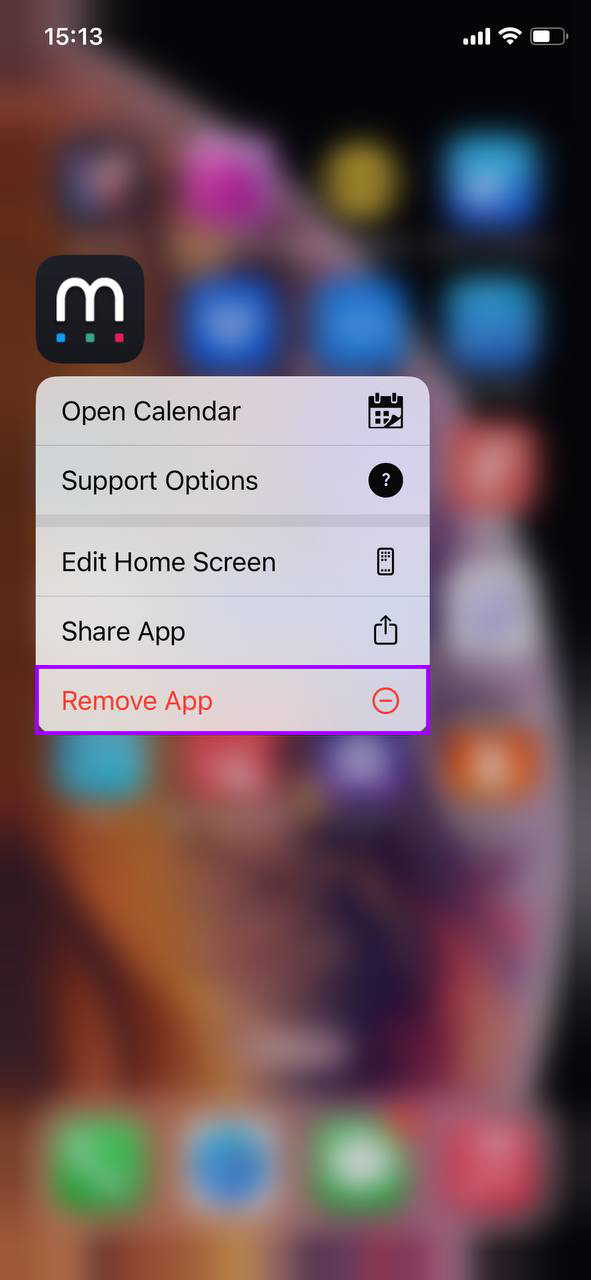
- Reinstall the app from the App Store if you want to use it again.
For more on how to keep your iPhone running smoothly, see Apple’s official storage management tips.
2. Delete Documents on iPhone
If you are specifically looking to target documents and similar files on your iPhone, you can find these in the Files App. Here is a straightforward method to delete these files from your iPhone’s storage.
Note: Always check the file size before deletion, as documents with images tend to occupy more storage.
- Open the Files app on your iPhone.

- Tap ‘Browse’ at the bottom if you are not already in the file view.

- Navigate to the location where your documents are stored, such as ‘On My iPhone’ or ‘iCloud Drive’.
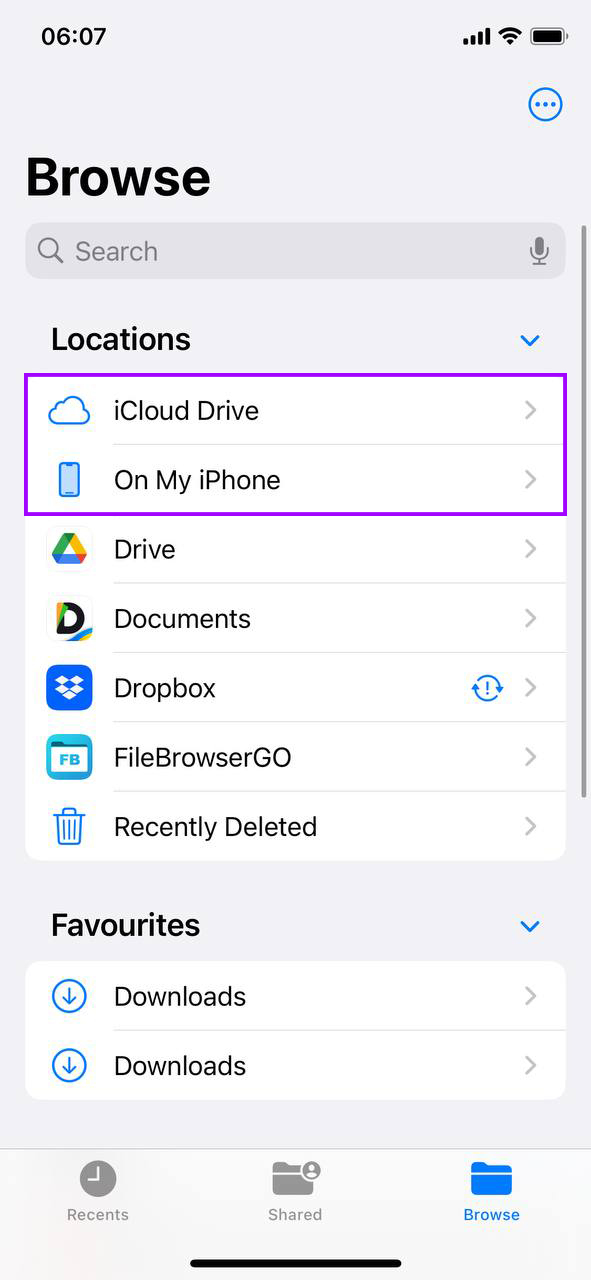
- Locate the documents you want to delete. You can use the search feature for specific file types or names.
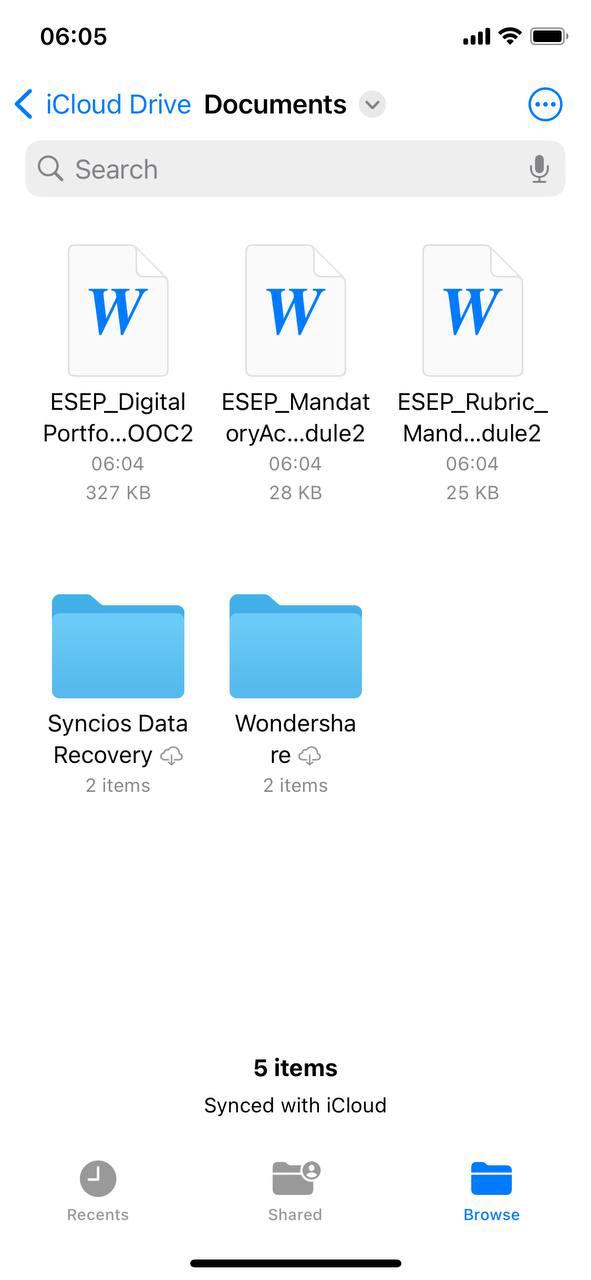
- Select the documents by tapping at the ‘…’ menu and choosing ‘Select,’ then tapping any other files you want to remove.
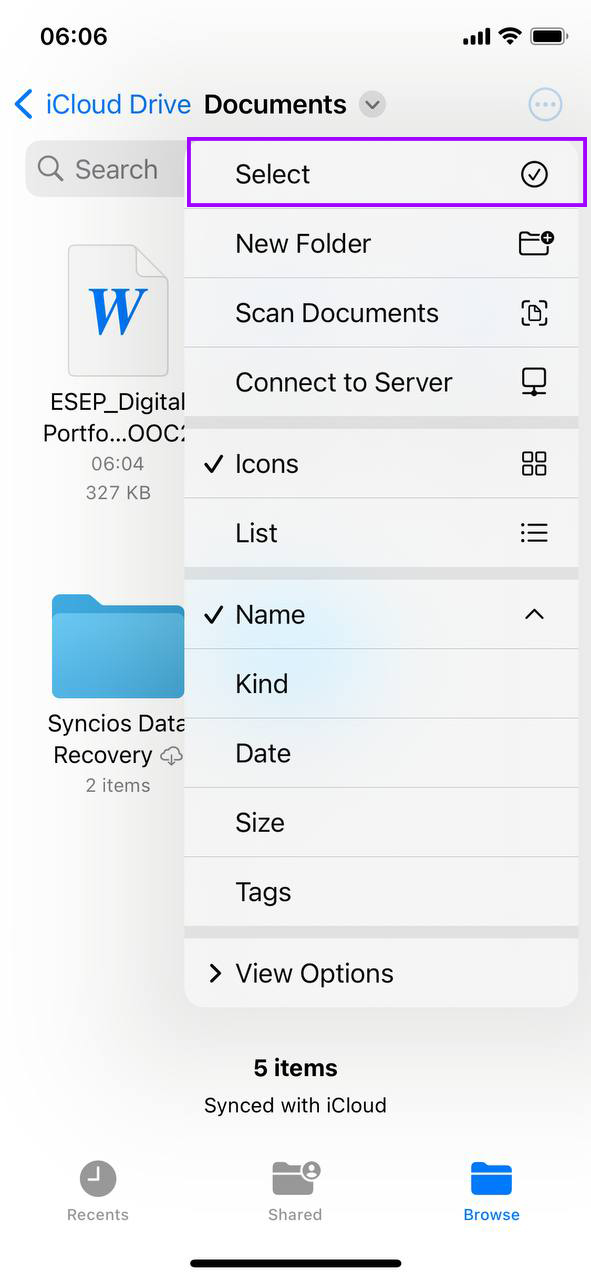
- Tap the trash can icon and confirm your choice by tapping ‘Delete’.
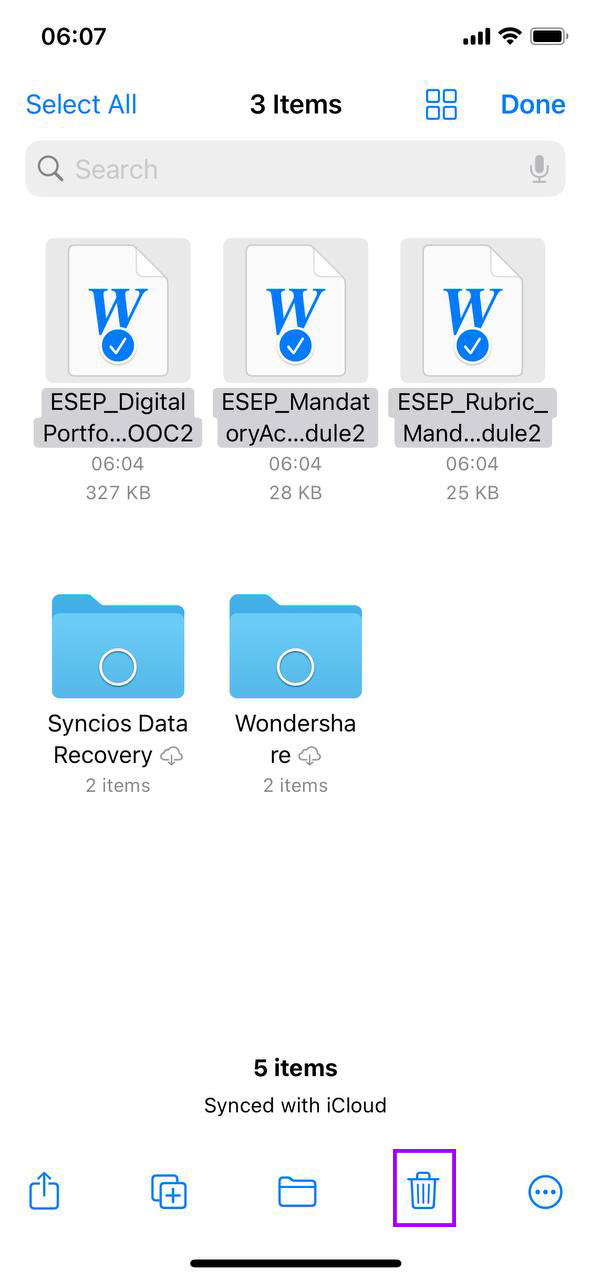
To permanently delete files on iPhone, remember to empty the ‘Recently Deleted’ folder:
- Go to the ‘Recently Deleted’ folder located in the ‘Files’ app.
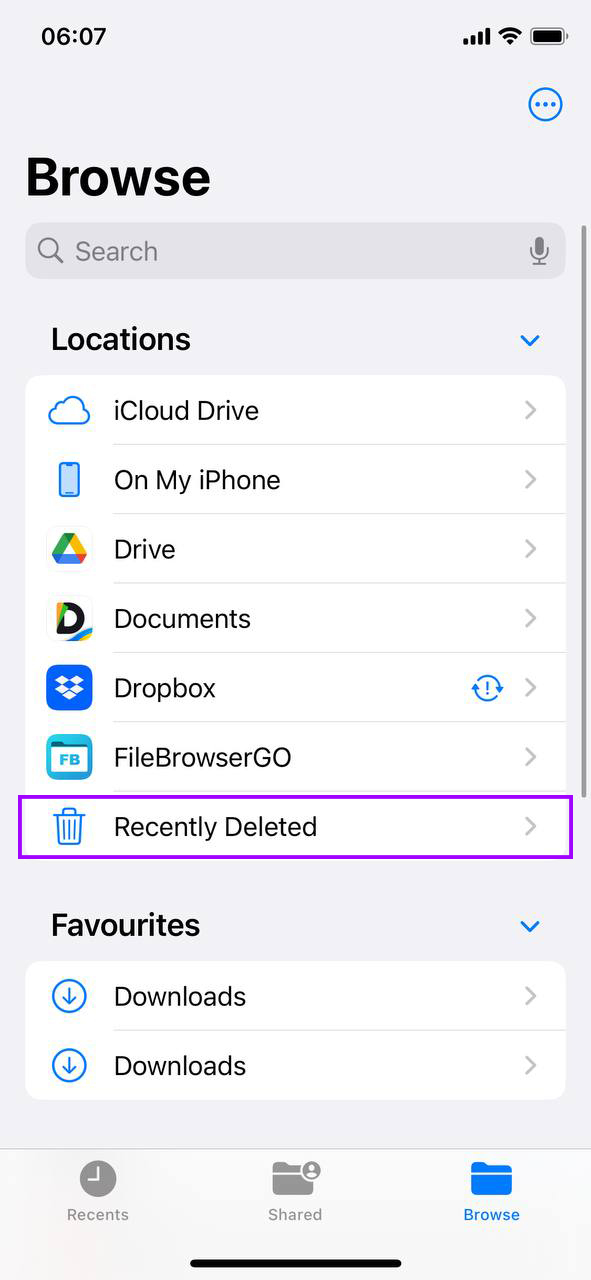
- Select individual files to delete permanently all files or choose Delete All.
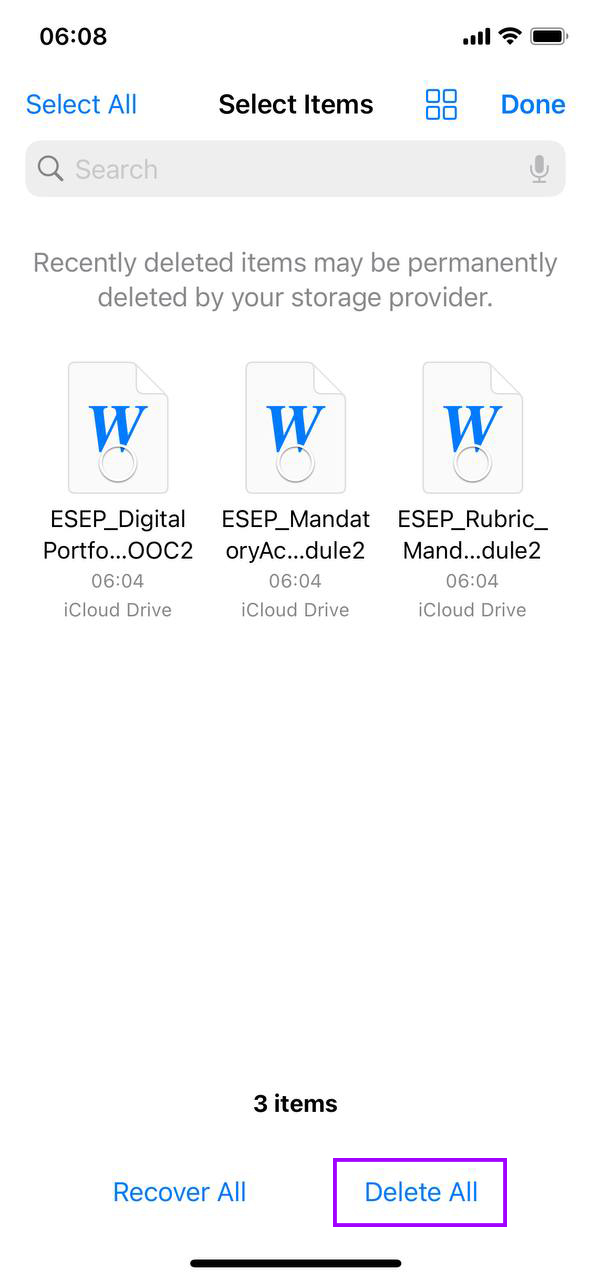
- Confirm your choice to clear the files from your device completely.
3. Delete Music Files on iPhone
If you need to clear some space or just tidy up your music library, clearing this type of iPhone files from your iPhone is straightforward. Here’s how you can do it quickly:
- Open the Music app on your iPhone.
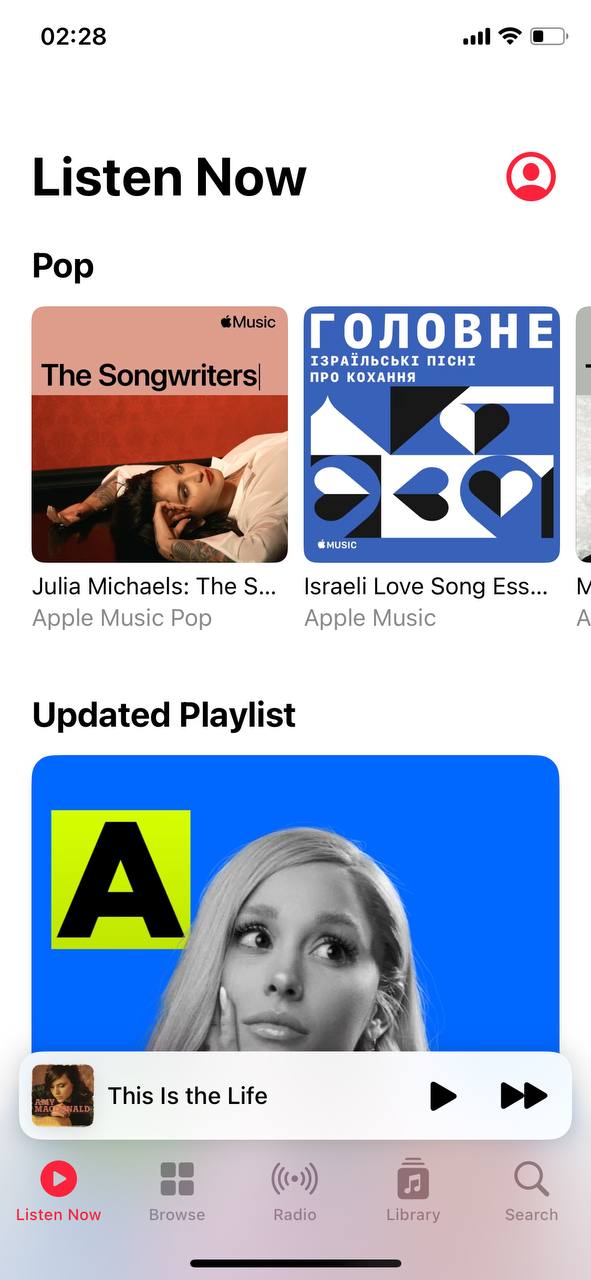
- Locate the song or album you want to delete.
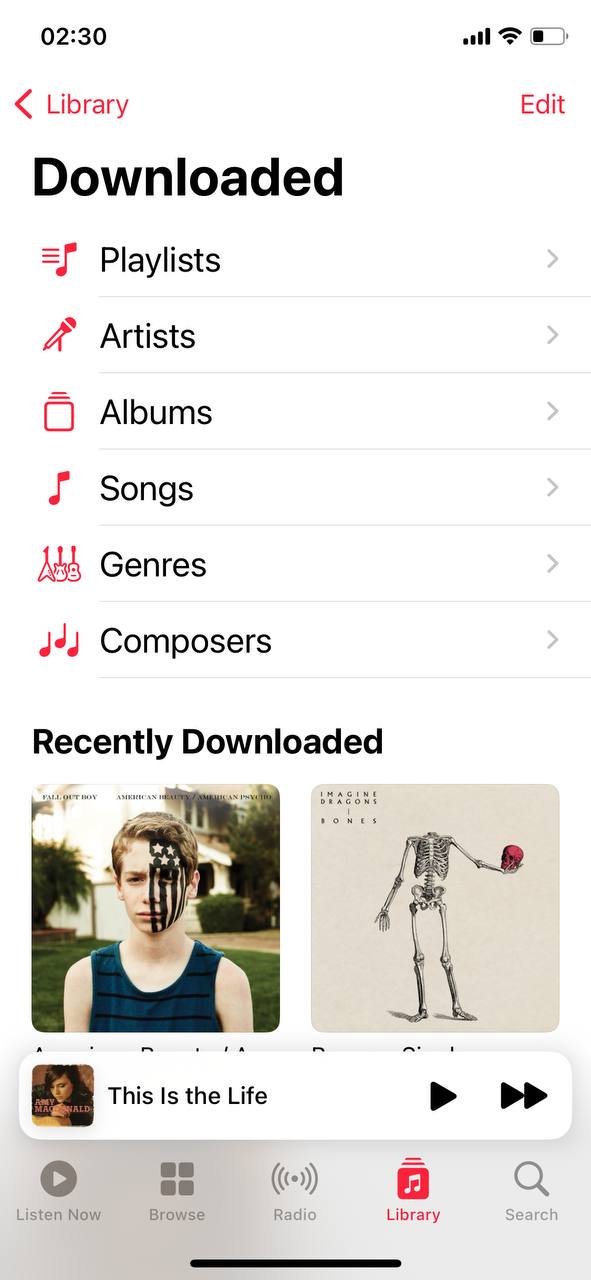
- For a song, swipe left on the song name and tap Delete.
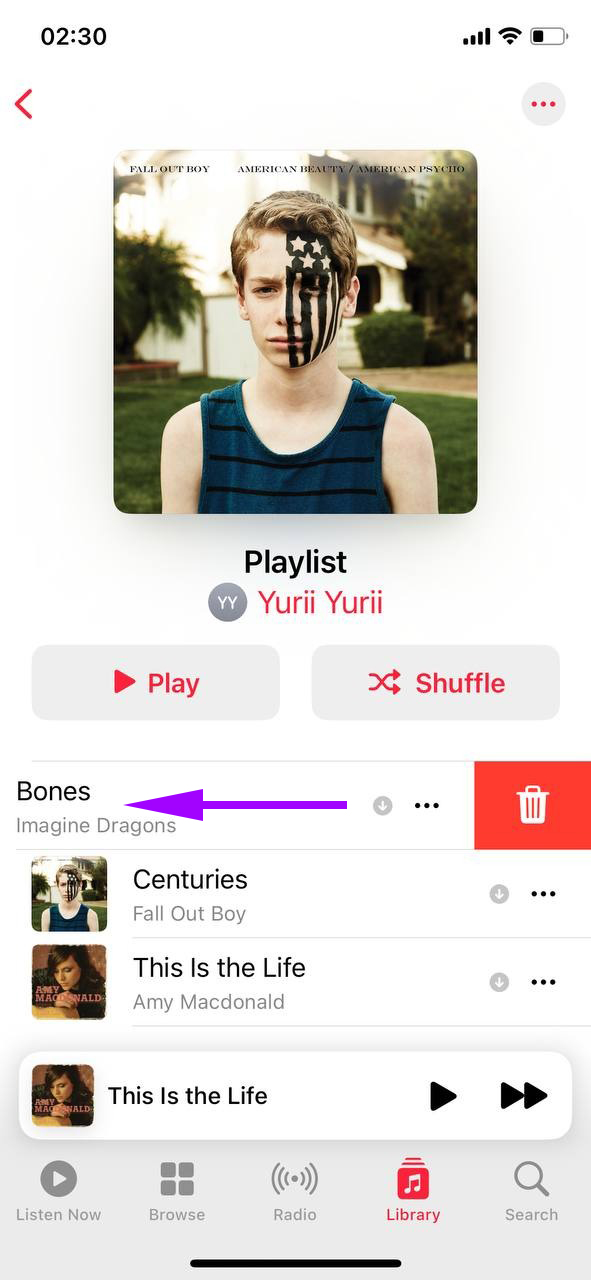
- For an album, find the album, tap ‘More’ (the three dots), and then select Remove...
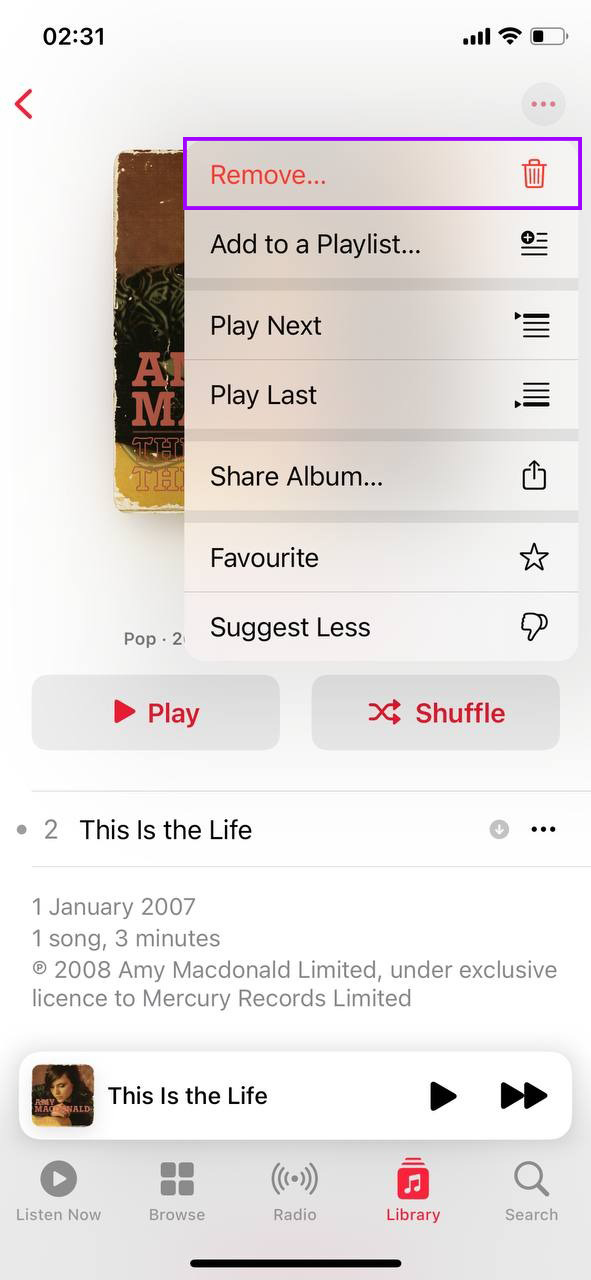
This approach helps keep your iPhone’s music library manageable and your device’s storage free from unnecessary clutter.
4. Delete Video Files on iPhone
Now we’ll cover how to find and delete video files from your iPhone, including those stored in the Photos app and videos downloaded from streaming services such as Netflix and Apple TV.
Delete Videos from the Photos App
- Open the Photos app.
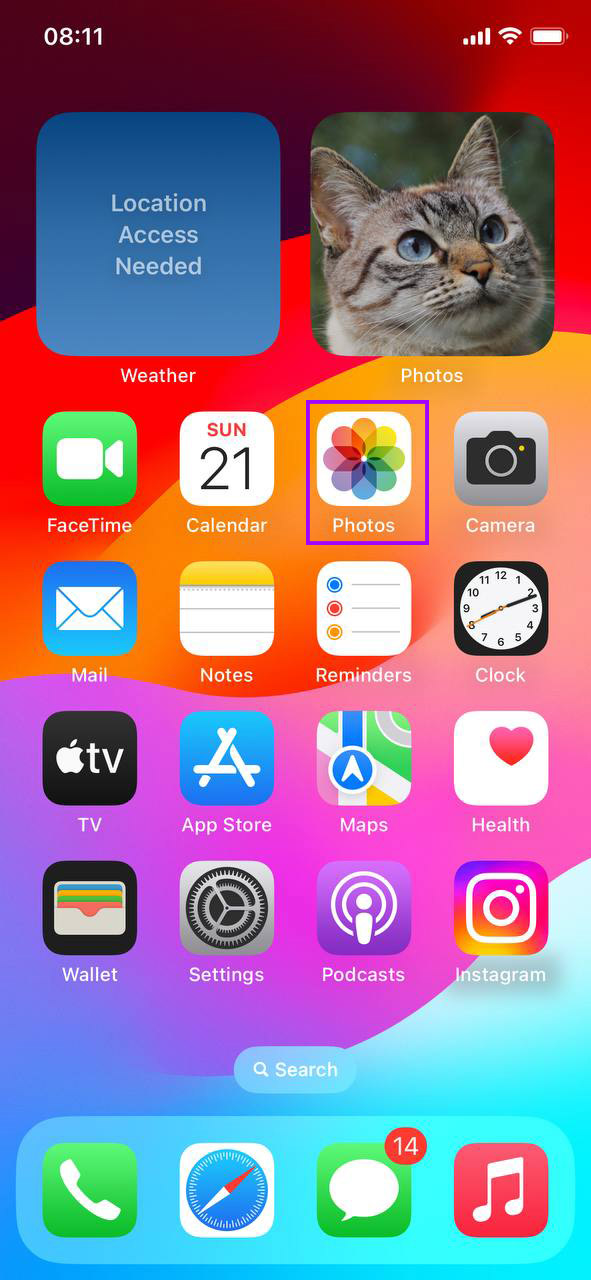
- Tap on the ‘Albums’ tab and open the ‘Videos’ album.
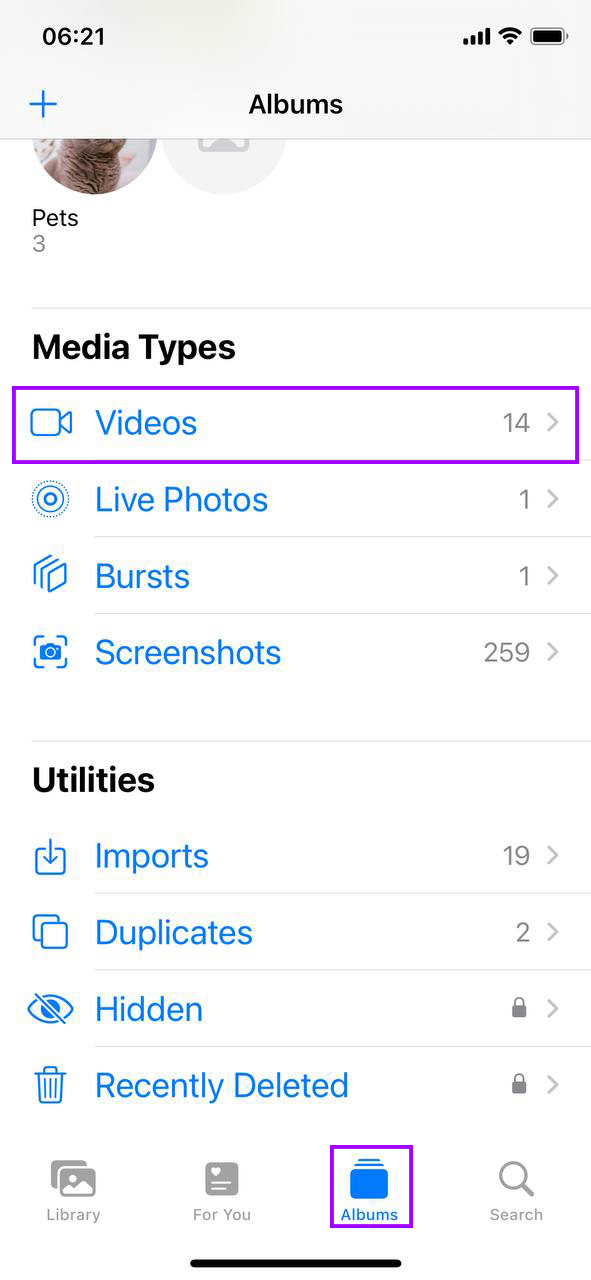
- Tap ‘Select’, then choose the videos you wish to delete.
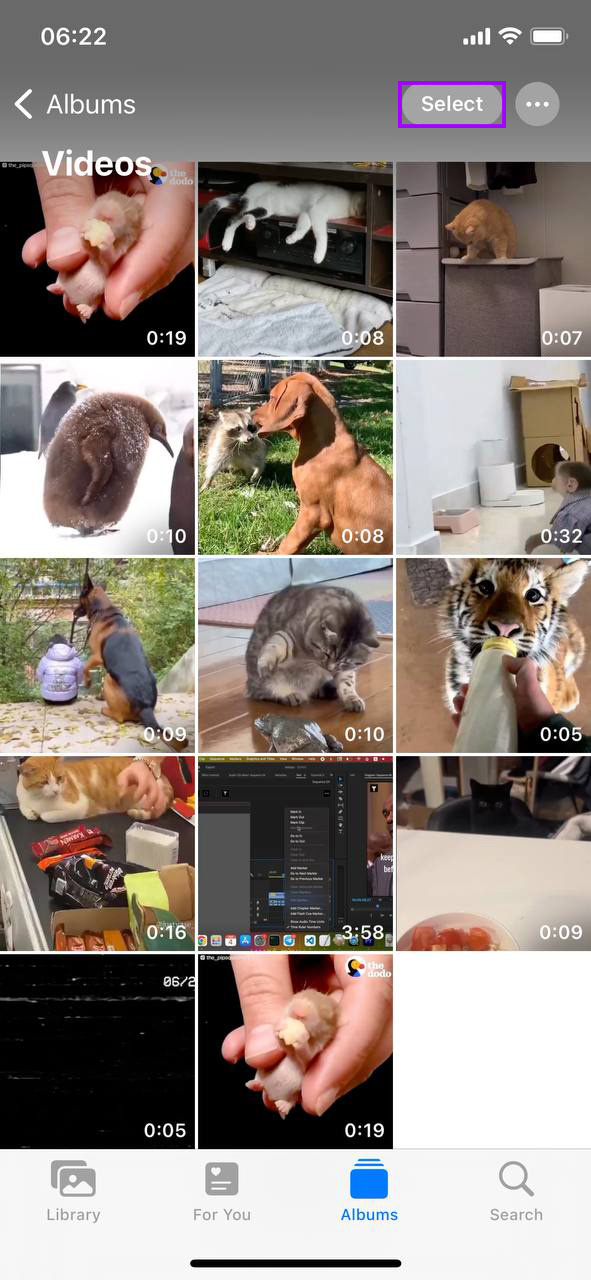
- Tap the trash can icon and confirm by selecting ‘Delete Video’.
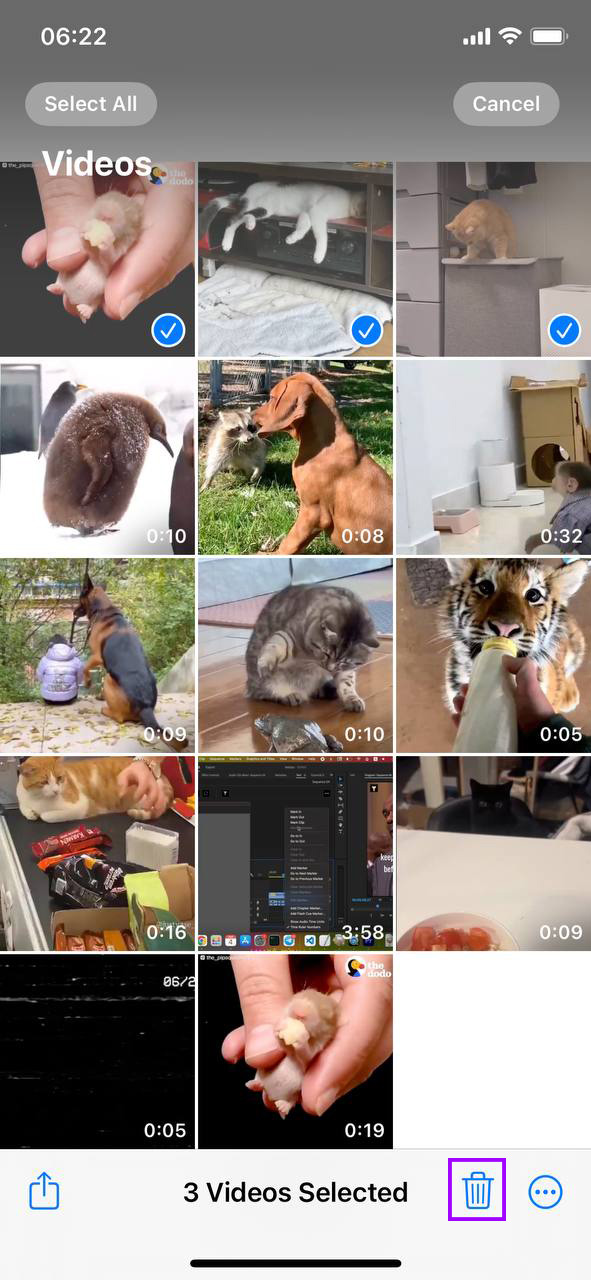
Delete Downloaded Movies and TV Shows in Streaming Apps
- Open the Streaming app.
- Go to ‘Library’ and choose ‘Downloaded’. Find the movie or TV show you want to delete.
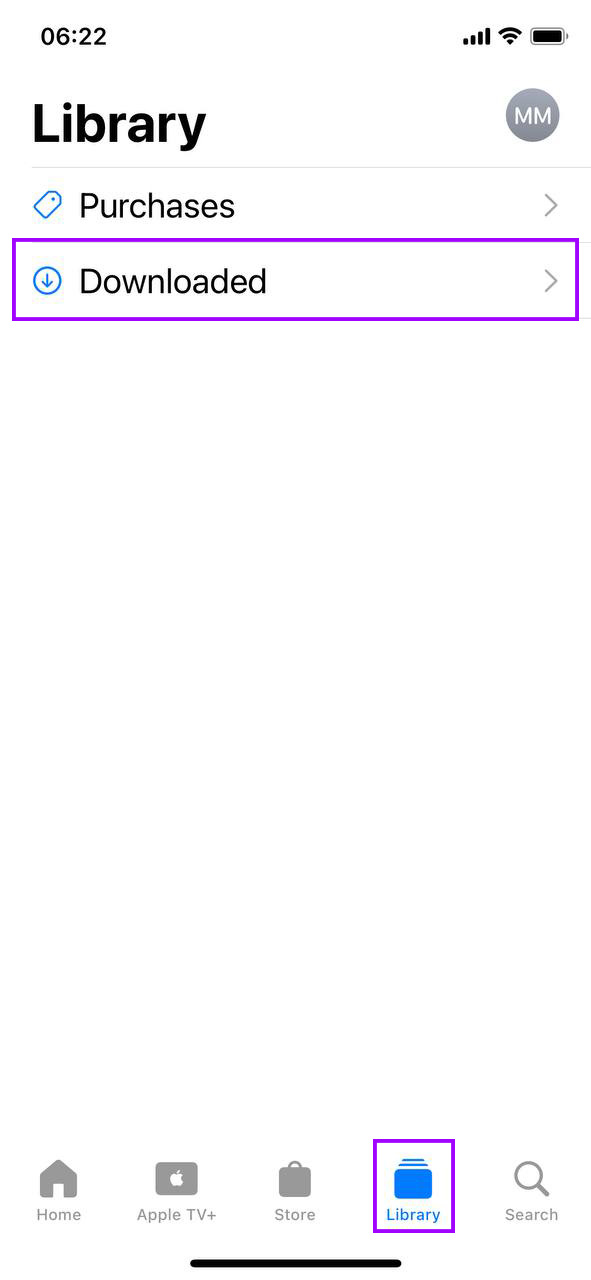
- Swipe left on the title and tap ‘Delete’.
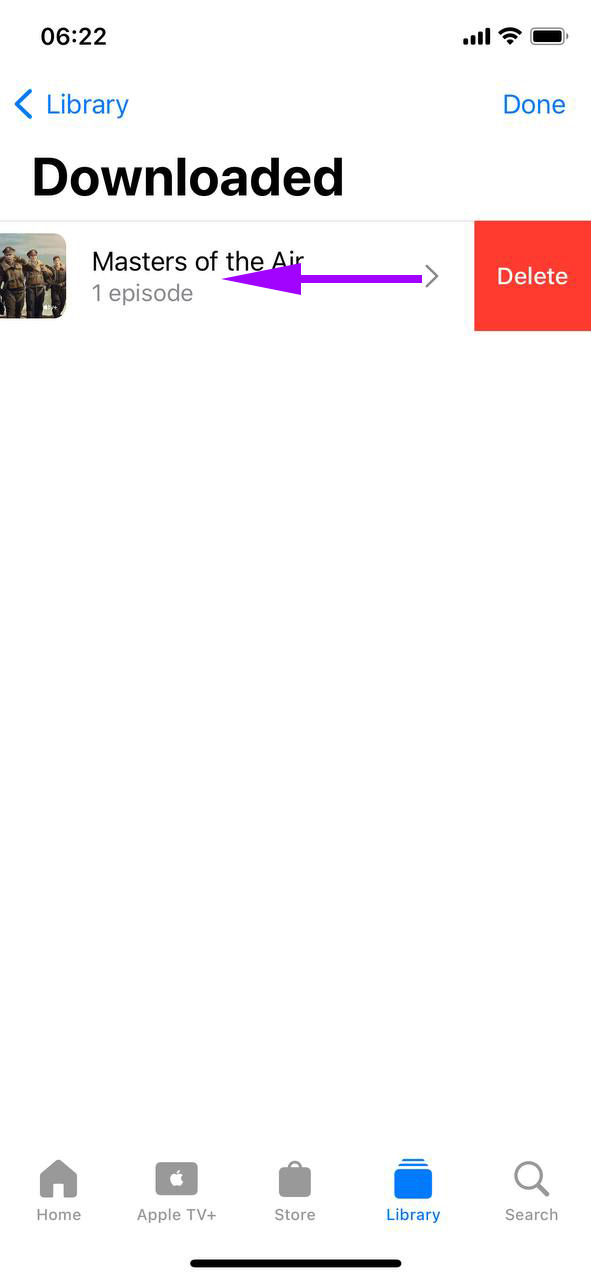
Managing your video storage by deleting unneeded files helps keep your iPhone running smoothly and efficiently. For more detailed instructions on managing storage, visit Apple’s guide on iPhone storage.
5. Delete Multiple Media Files on iPhone
Need to clear up space quickly? Deleting multiple files at once on your iPhone is a straightforward process that works similarly across various apps. Whether you’re in the Photos or Files app, the steps to select and delete items in bulk are quite similar.
- Open the app where your files are stored (Photos, Files, etc.).
- Tap ‘Select’ usually located in the upper right corner of the screen.

- Touch each file you want to remove to select it. If you want to select a range of photos quickly, drag your finger across the files you want to delete.

- Once you’ve selected the files, tap the trash can icon.

- Confirm the deletion by tapping ‘Delete’ or ‘Delete [number] Items’ to finalize the removal.
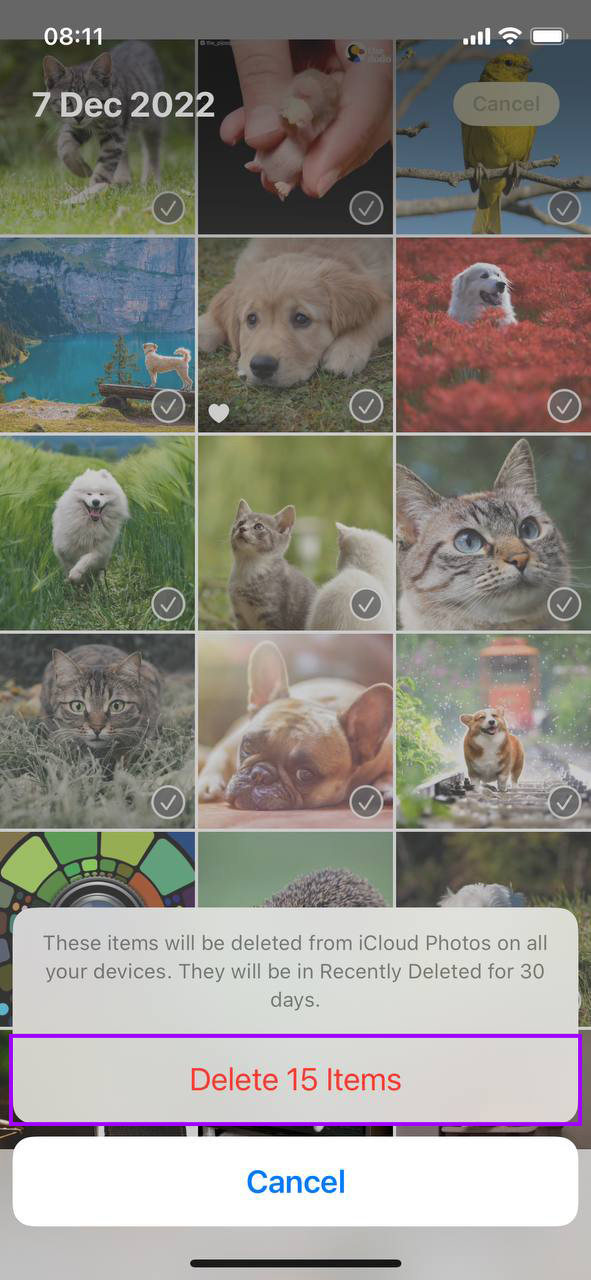
Deleting files in bulk can help you manage your iPhone’s storage faster and easier.
6. Delete All Files on iPhone
Performing a factory reset on your iPhone is a surefire way to delete all files and reset the iPhone to its original settings. This process is particularly useful if you’re planning to resell your iPhone or need a fresh start. Here’s how to do it:
Important: Be sure to back up your iPhone before proceeding to avoid irreversible loss of your photos, documents, and other important data.
- Go to the Settings app on your iPhone.
- Tap General and scroll down to find Transfer or Reset iPhone.
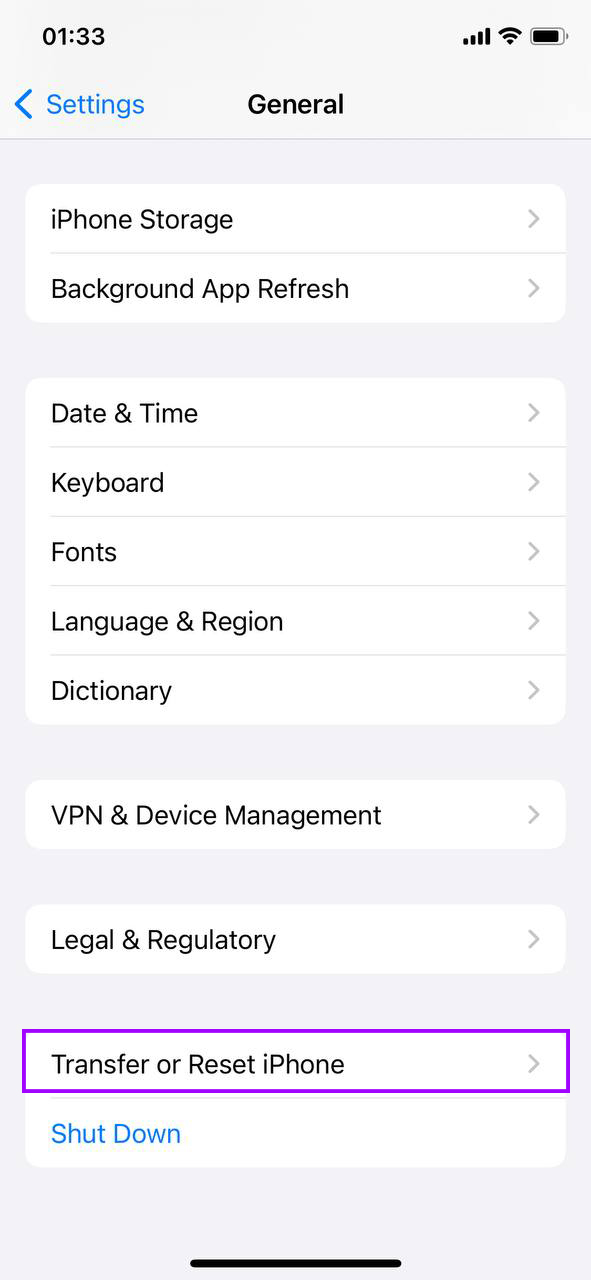
- Select Erase All Content and Settings.
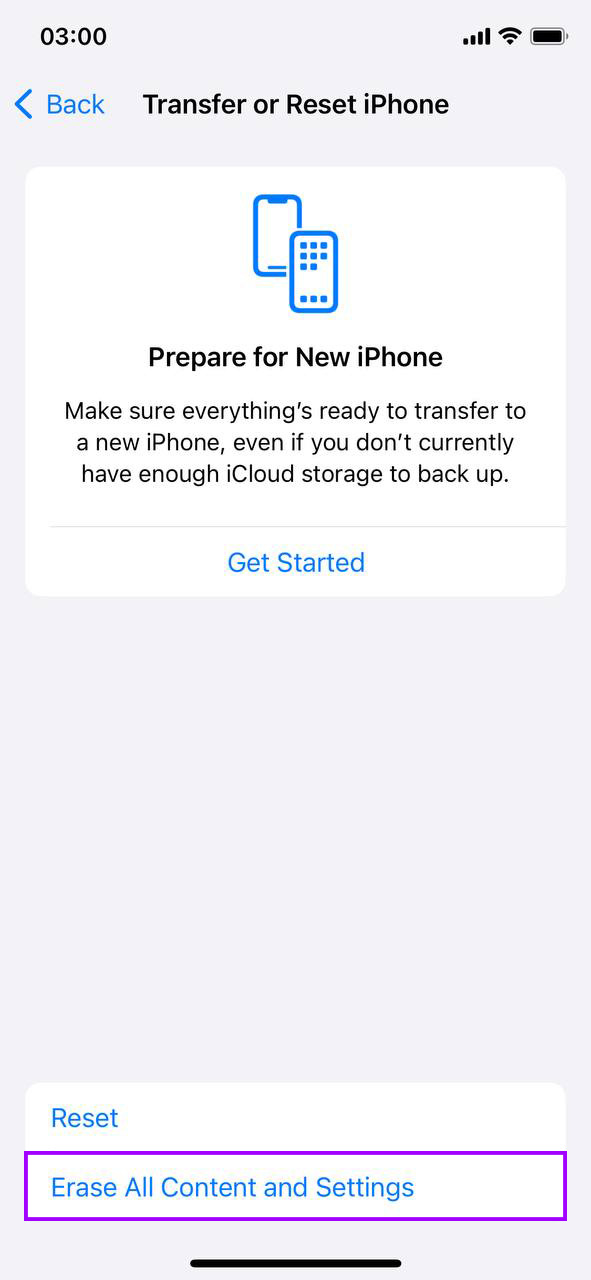
- You may be asked to enter your Apple ID password or device passcode.
- Confirm your choice to erase everything. Your device will restart as part of the reset process.
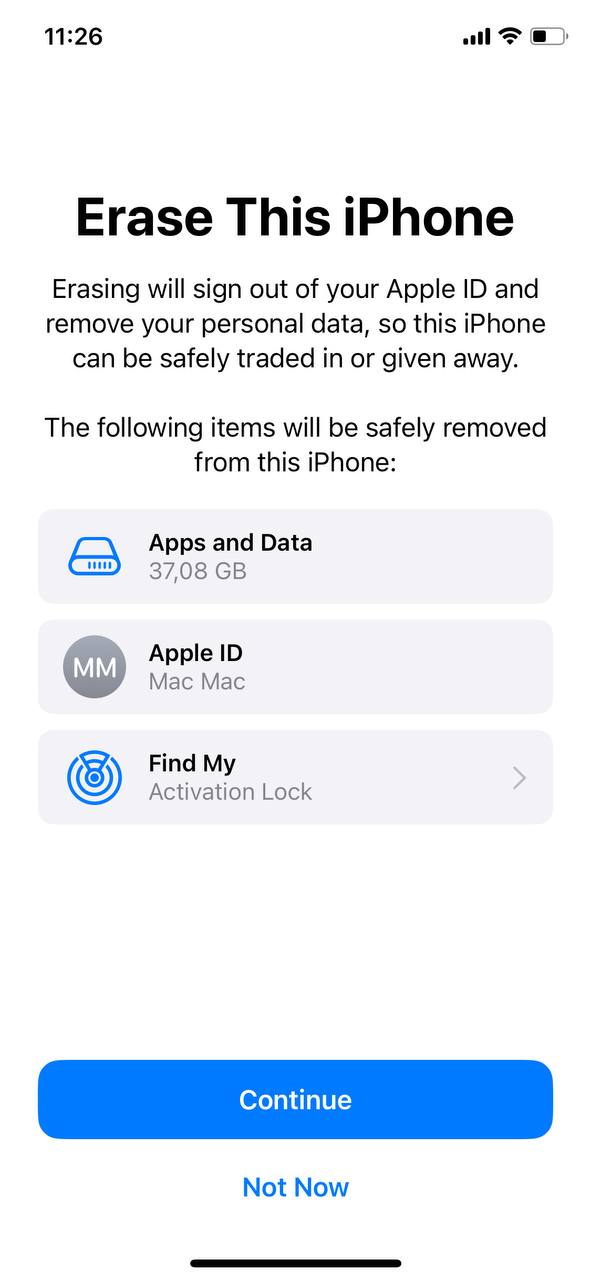
This action will delete all files, remove all settings, and reinstall the operating system. Your iPhone will appear as it did when it was first unboxed, with no personal data.
Utilize Third-Party Apps to Delete Files on iPhone
While the built-in tools on your iPhone are useful for basic file management, third-party apps can offer advanced functionalities for managing and deleting files easier. Here’s a look at some robust apps designed to help with file management on your iPhone.
- Cleaner – Clean Up Storage: This app is geared towards optimizing your iPhone’s storage by cleaning up useless junk files, managing large files, and organizing photos efficiently. It can significantly reduce clutter by identifying rarely used apps, old photos, and redundant files that are safe to delete. It’s particularly effective for those looking to free up space quickly and safely.
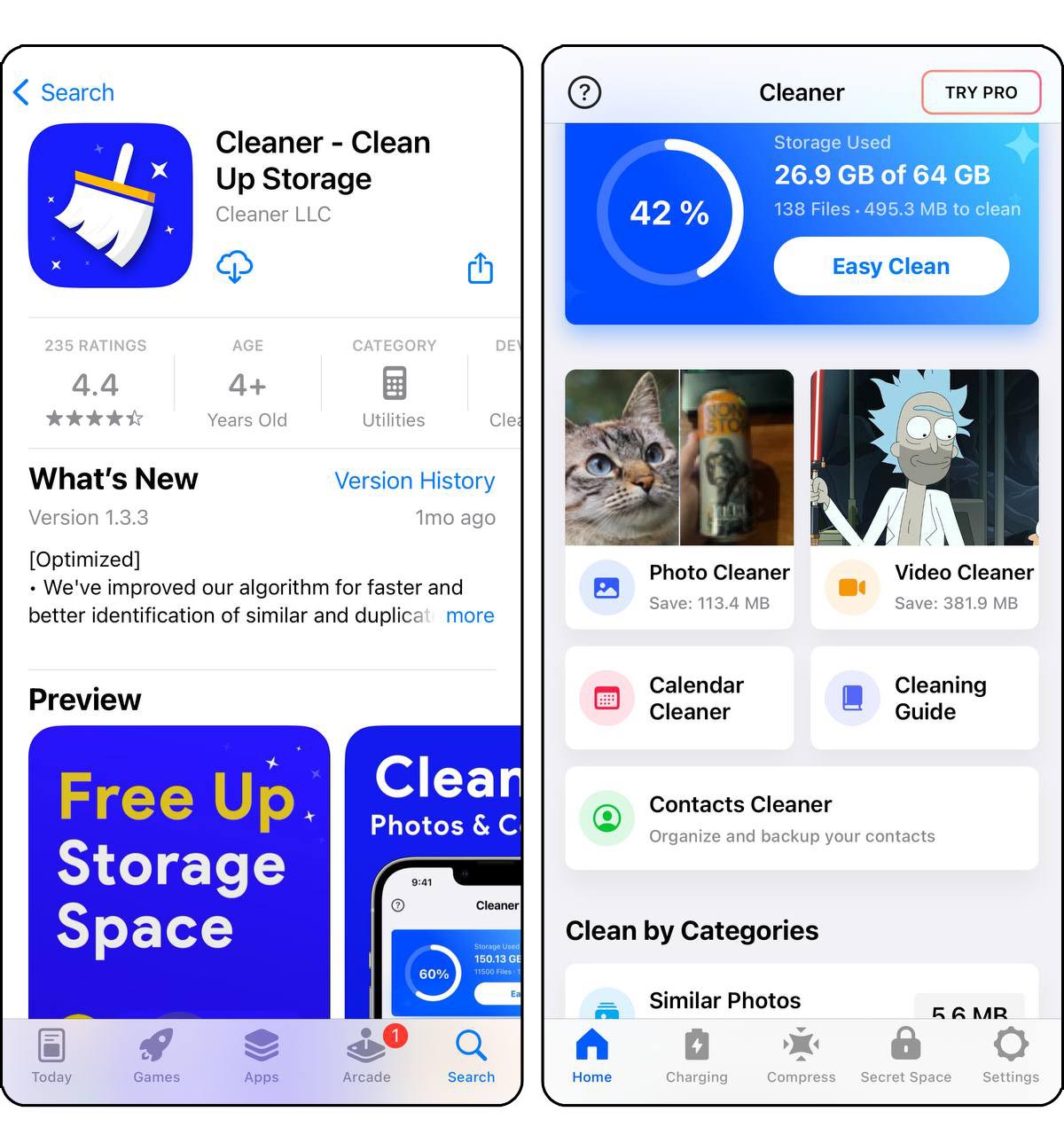
- Boost Cleaner: Boost Cleaner is highly effective at quickly scanning your device for unused and unnecessary files. It can help you delete cache data, old messages, and temp files that take up space without offering any utility. Additionally, Boost Cleaner can manage applications that are memory hogs, optimizing your iPhone’s performance and battery life.
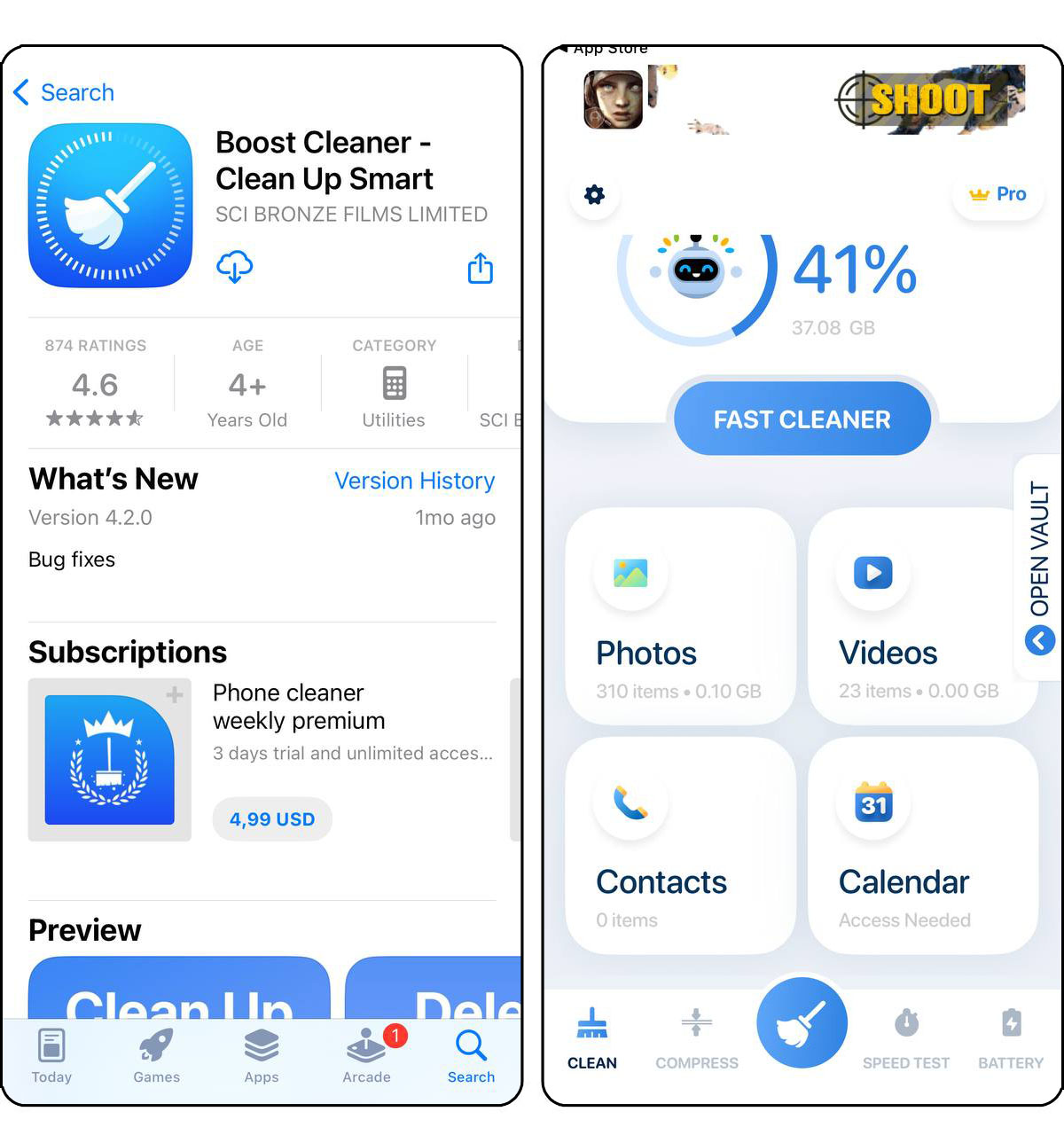
- Cleaner Kit: Cleaner Kit is not just about cleaning up space; it also focuses on optimizing your iPhone’s overall efficiency. It analyzes your battery usage, helps manage file storage, and provides detailed reports on how space is being used on your device. It’s particularly useful for users who want to extend their device’s battery life while keeping their storage neatly organized.
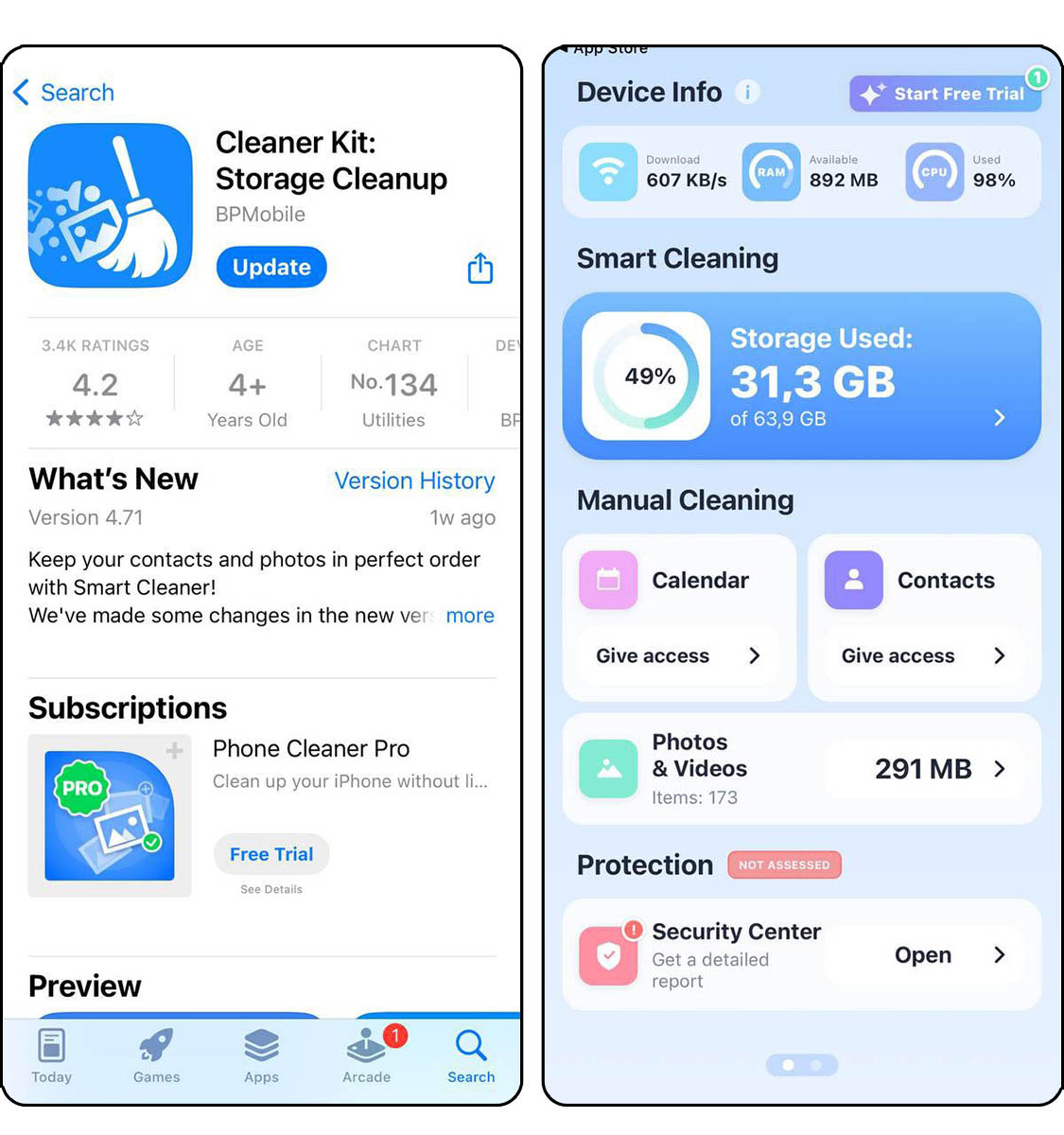
These apps enhance your ability to manage your iPhone’s storage by allowing you to efficiently remove unnecessary files, duplicate photos, and more. They provide an overview of your storage usage, making it easier to decide what to delete. As always, ensure you download reputable apps by checking user reviews and ratings.
Conclusion
Clearing out unwanted files from your iPhone can help it run better and give you more space for things you actually need. By following the methods in this article, you can easily learn how to manage and delete different files in different apps on your iPhone. Make it a habit to check and clean up your iPhone regularly, and you’ll keep it running smoothly. For more detailed tips, check out the Apple support links provided in each section of this guide.


































